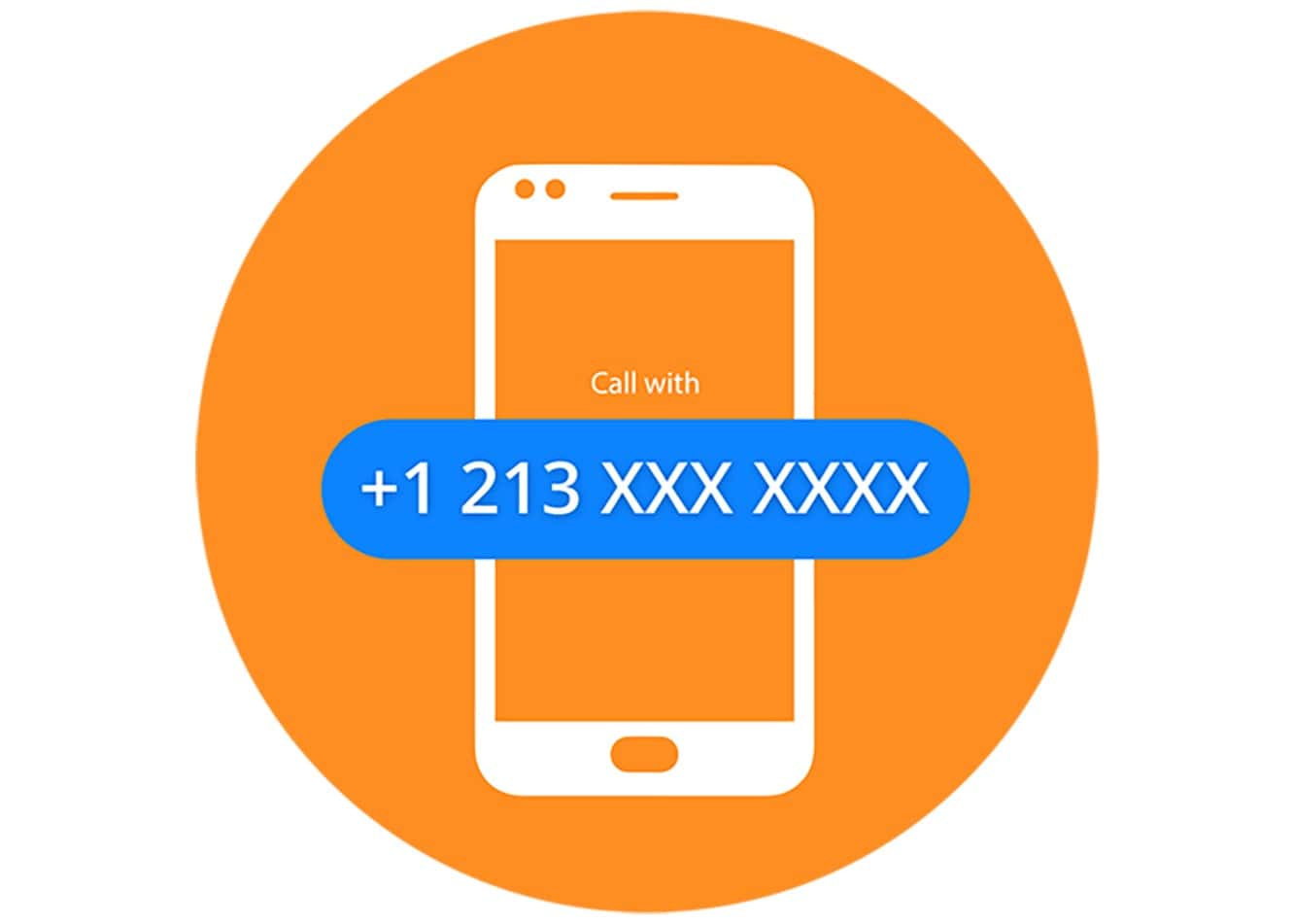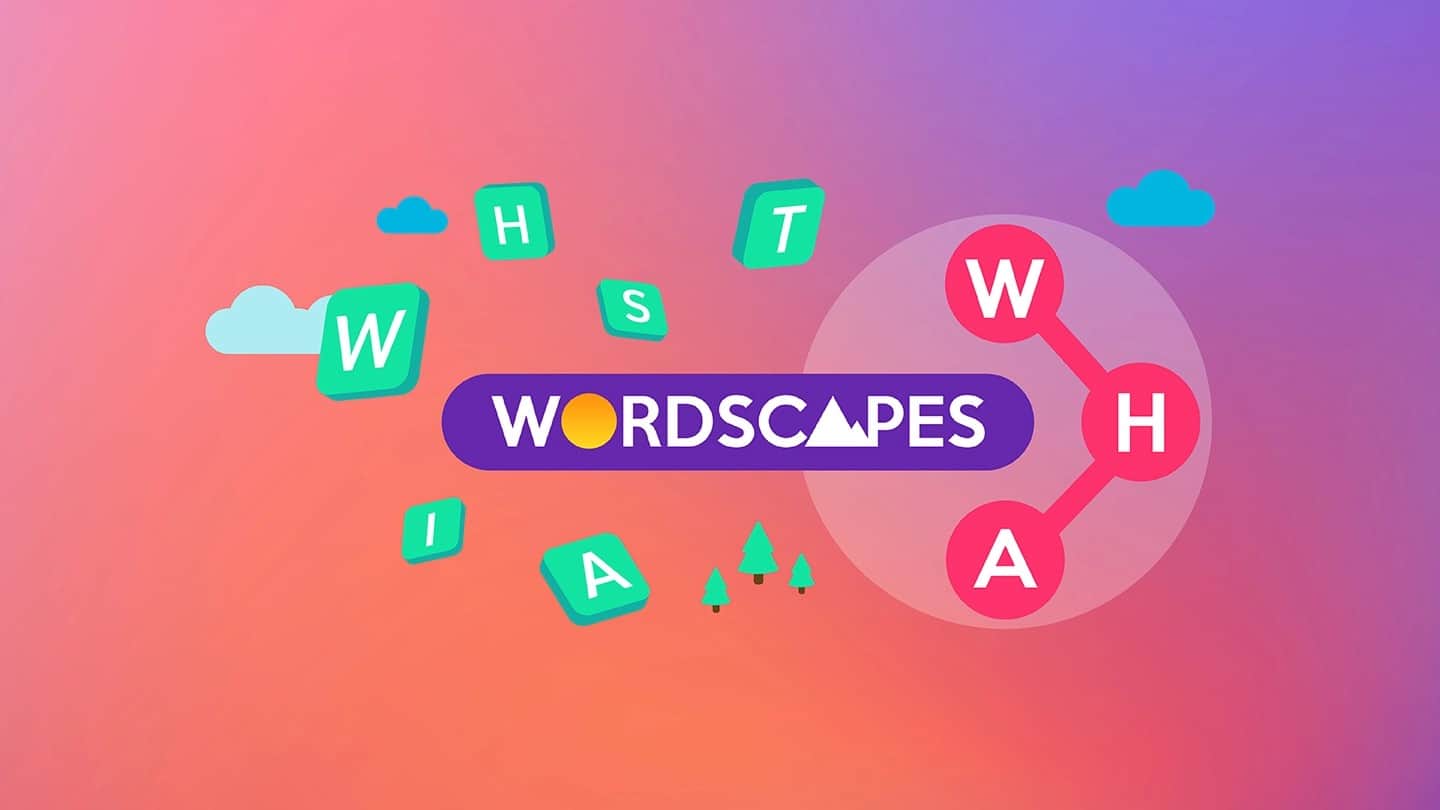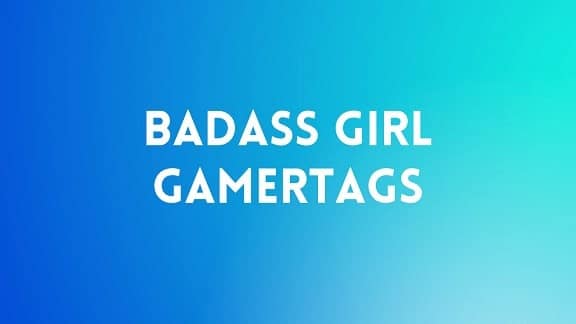In the realm of telecommunication within the vibrant state of California, two notable protagonists take the stage: Area Codes 213 and 323. These numerical combinations, etched into the North American Numbering Plan (NANP), delineate a telephonic tapestry that weaves through the heart of central Los Angeles. Let’s embark on a journey to unravel the layers of history, evolution, and significance that make these area codes a pivotal part of California’s communication landscape.
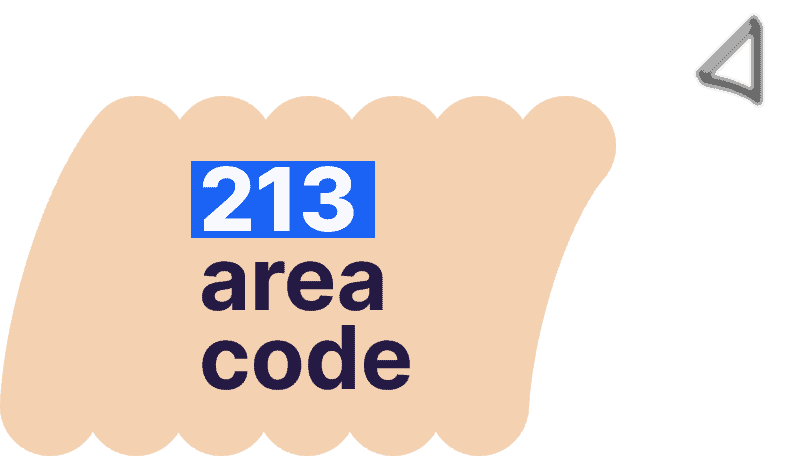
Historical Perspective
Area Code 213: A Pioneer in Telecommunication
Area Code 213 stands tall as one of the original North American area codes born in the telecommunications revolution of 1947. Like a technological phoenix, it rose from the ashes of traditional telephony to carve its path through the sprawling urban expanse of Los Angeles.
The 1998 Split: Birth of Area Code 323
In 1998, the telephonic landscape underwent a seismic shift. Area Code 323 emerged from the cocoon of a split with its elder sibling, 213. This split wasn’t just numerical; it marked a geographical evolution, with 213 now exclusively serving downtown Los Angeles and its immediate neighbors.
The 2017 Reunion: A Telephonic Embrace
In the ever-evolving dance of area codes, 2017 witnessed a reunion. The overlaid complexities that separated 213 and 323 were dismantled, bringing them back together in a harmonious overlay.
Geographical Canvas
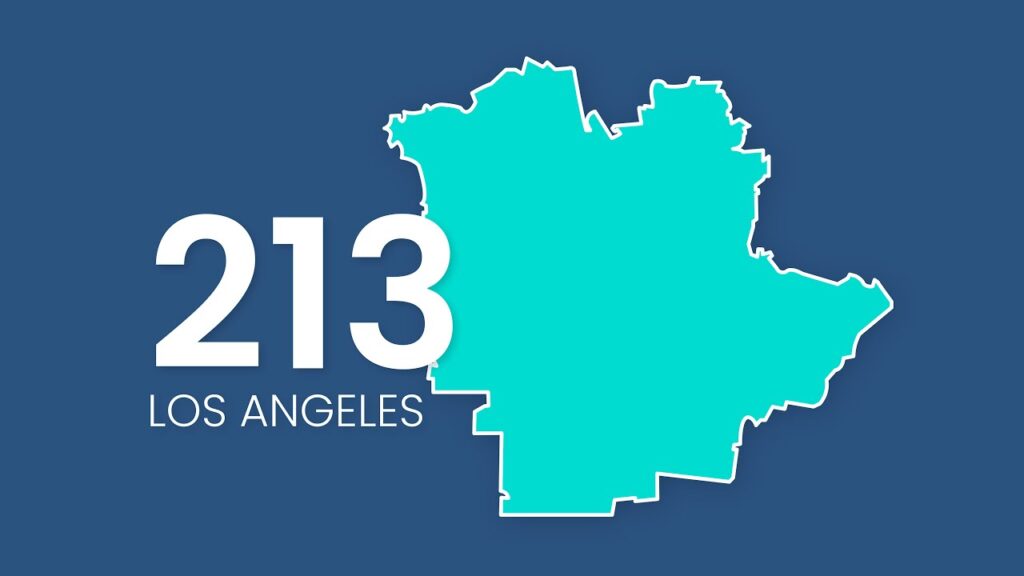
Understanding the geographical canvas painted by these area codes is crucial.
| Area Code | Geographical Coverage |
|---|---|
| 213 | Original and now centered on downtown Los Angeles |
| 323 | Created in 1998, enveloping areas adjacent to downtown LA |
Area code 213, serving the state of California, specifically covers Downtown Los Angeles and has become an overlay number with 323. This overlay arrangement means that both area codes cover overlapping geographical regions. The large cities encompassed within the 213 area code include Los Angeles, Bell Gardens, Huntington Park, Montebello, West Hollywood, Beverly Hills, and Westmount.
Historically, area code 213 is significant as it was one of the original North American area codes established in 1947. Over the years, it has undergone several splits. The first split occurred in 1951, creating area code 714, followed by subsequent splits leading to the creation of area codes 805 in 1957, 818 in 1984, 310 in 1991, and finally 323 in 1998. In 2017, an important development occurred when the California Public Utilities Commission recombined area codes 213 and 323 in an overlay, which essentially merged their coverage areas.
In terms of geographical coverage and population, the combined area of codes 213 and its overlays (323 and 738) serves a substantial population of over 10 million people. It operates within the Pacific Time Zone (GMT -08:00).
This area code’s history and current status reflect the dynamic changes in telecommunications and the growing needs of the Los Angeles area, adapting to expanding populations and evolving communication technologies.
Quick Facts and Stats
Let’s break down the key facts and stats about Area Codes 213 and 323 in a crisp format.
- Year of Establishment: 213 – 1947, 323 – 1998
- Original Scope: 213 covered a broader area, while 323 emerged from its split
- Recombination: The telephonic embrace happened in 2017
- Future Addition: Area Code 738 is on the horizon for November 2024
Common Queries Addressed
1. Why Was Area Code 323 Created?
- Area Code 323 was born out of the necessity to manage the burgeoning telecommunication needs, leading to a split from the original 213.
2. What Areas Does 213 Currently Serve?
- As of now, 213 exclusively serves downtown Los Angeles and its immediate surroundings.
3. Tell Me More About Area Code 738.
- Area Code 738 is slated for activation in November 2024, expanding the telephonic landscape further.
4. What Prompted the 2017 Recombination?
- The overlay complexities were streamlined in 2017, bringing 213 and 323 back together.
5. How Do These Area Codes Impact Communities?
- The area codes play a pivotal role in defining telecommunication access and connectivity for residents and businesses in central Los Angeles.
Conclusion
As we delve into the intricate world of Area Codes 213 and 323, we witness not just numerical sequences but a rich tapestry woven with historical threads, geographical nuances, and future anticipations. These codes aren’t just digits; they are the pulse of communication in central Los Angeles.
